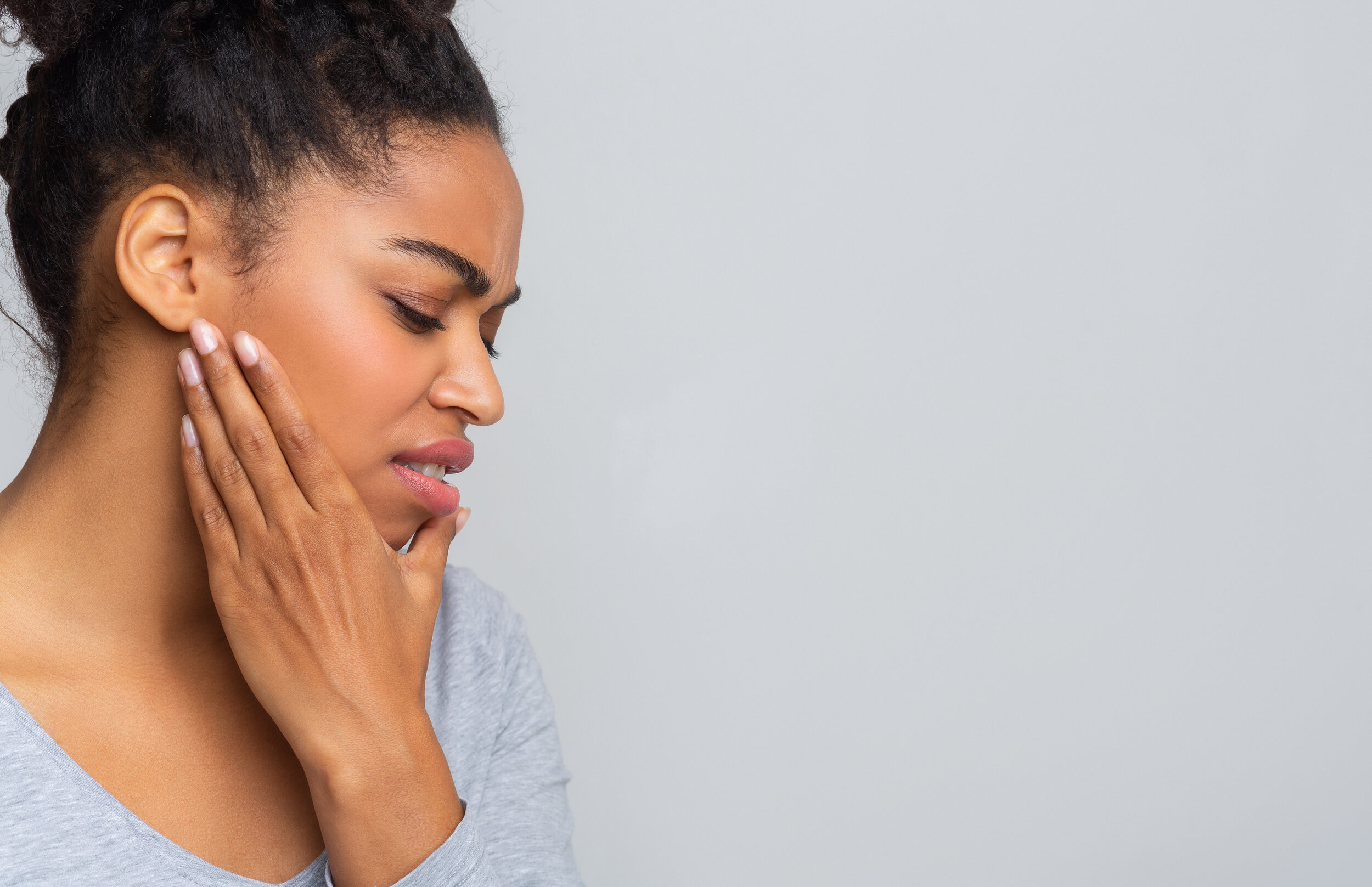COVID-19 Has Been Nothing Short of a Jaw Drop
As our routines shift and we adapt to the new norm of our homes becoming shared spaces for work, school, gym, play and sleep, it can also lead to a wide range of aches and pains - the underlying cause being stress.
One of the most common areas stress manifests is in the jaw, or temporamandibular joint (TMJ for short).
Known for movements like talking, chewing and yawning, the jaw muscles can become achy, sore and cause a pop or clicking sound with movement as you unconsciously clench your jaw during stressful times….like in a pandemic.
Although manual care can work like magic to help with jaw pain and discomfort - we’ve come up with some pretty cool tips to relieve jaw pain - DIY-style.
Muscle Release
Releasing the muscles of the jaw can help to alleviate that achy sensation.
1. Masseter: by clenching your teeth together, you can feel this muscle in front of your ear running down to the angle of your jawline. Place light or firm pressure on this muscle while slowly opening your jaw. Release your pressure and close your jaw. Repeat by massaging along the course of the muscle from the front of the ear to the angle of your jawline. If an area is tender, continue to hold pressure and breath until it relaxes under your finger.
2. Temporalis: by clenching your teeth together, this muscle can be felt just above your ears or temple. Place light or firm pressure on this muscle while slowly opening your jaw. Release your pressure and close your jaw. Repeat.
3. Digastrics: this muscle stretches from under your jaw line to the bottom of your chin. In circular motions, gently massage the course of this muscle.
Exercise + Stretches
Posture: simply working on maintaining an upright posture can take the strain off of your jaw.
Inhale and Exhale: taking a deep belly breath is a great cue to sit upright in an optimal position that puts less strain on your jaw. To breathe into your belly you naturally have to sit upright to accommodate your breathing.
Mirror Exercise: sit upright with your feet flat on the floor facing a mirror. Bite your teeth together and look at the alignment of your two front teeth on your upper and lower jaw. Slowly allow your lower jaw to drop, ensuring you maintain the same alignment.
Home Recommendations
Improve Sleep: whether sleeping on your side, back or stomach using a pillow that supports your neck in a neutral position will help to keep the muscles of your neck and jaw relaxed as you sleep.
Find Your Meditation: your typical ways to release stress may have been affected with self-isolation and social distancing, however, be creative in finding ways to calm the mind and take time for yourself [ie. drawing, puzzles, virtual yoga/meditation, video calling your support network etc].
Move Often: change positions often and move frequently, especially if working from home. Try using a hands-free device so that you are not straining your neck or adding pressure to your jaw.
This blog was written by wellbe registered massage therapist Michael Mekhail, RMT and wellbe chiropractor Dr. Devyn Koczan, DC.




